Do People Bathe in Their Clothes in Costume Dramas? Come On!

In today’s hanfu costume dramas, almost all bathing scenes show people getting into the bath fully clothed, and there’s nothing but a bathtub. Did ancient people really just quickly rinse off when they bathed? Netizens say: In early TV shows and movies, bathing scenes were actually about bathing, but now the so – called “bathing” is really too “reserved”. In fact, not only are the clothes a problem, but all kinds of bathing equipment are also extremely perfunctory. Is it that filming bathing scenes has become more difficult now, or is it that making money in the entertainment industry has become easier? After all, who takes a bath wearing clothes in real life?
In a nutshell, ancient people definitely didn’t bathe like this. Bathing was really not a simple matter for them. There were more than just bathtubs for bathing; they also used bath towels, herbal bean powders, and other items, because when ancient people bathed, it wasn’t just a quick rinse.
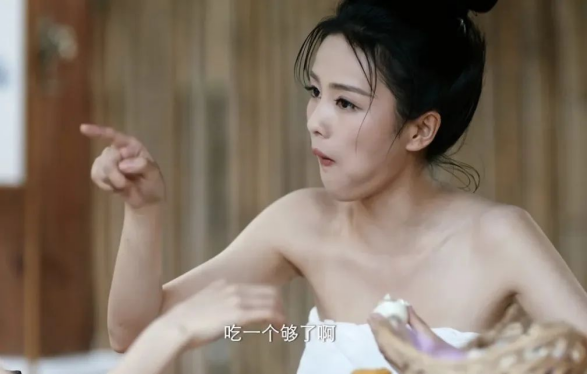
In early TV shows and movies, whether they were costume dramas or modern – day dramas, some scenes were visually logical. Generally, actors wore undergarments and used optical illusions, flower petals, and other blockers to avoid showing private parts. The petal – filled bath scenes in the early days, although criticized sometimes, still created many classic moments.
Ⅰ. How Ancient People Bathed
In ancient times, bathing was not just about getting clean; it also represented a kind of etiquette and was a very sacred thing for the ancients. Those with dirty minds, please take off your colored glasses. “Those who have just washed their hair will surely shake their hats, and those who have just taken a bath will surely shake their clothes.” In ancient times, the two – character term “沐浴” was separated in meaning. “沐 (mù)” referred to washing the hair, and “浴 (yù)” referred to washing the body. According to The Book of Rites – Neize (《礼记·内则》), “Wash your hair every three days and take a bath every five days.” That is, people were supposed to wash their hair once every three days and take a bath once every five days, though of course, this varied from person to person.

Bathing in ancient times wasn’t just about taking a soak in a bathtub, because that was too luxurious. The records of “bathing” in early ancient books and the highly ritualized way of self – cleaning were mainly for the royal family and nobles. Bathing wasn’t common among ordinary people, mainly due to the limitations of their living conditions. It’s easy to understand if you think about it a bit: First of all, you need water to take a bath, and hot water at that. In ancient times, getting water for ordinary people wasn’t as convenient as how modern residents use tap water. It was quite common for them to travel miles to fetch well water or river water.
Heating the water also required fuel, and commonly used fuels were firewood or cow dung. These consumables were hard for the ancients to obtain, and in the end, it all came down to a lack of resources. Standing in a shower was more water – saving for the average person. If they really wanted to take a bath, they could only do so in the river on a suitable day.
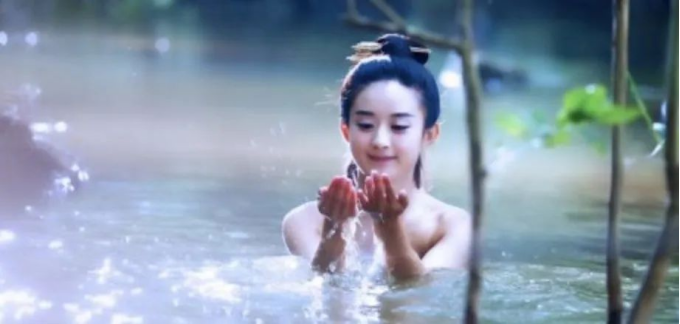
For families with some wealth, bathing facilities were relatively complete. And don’t think that in ancient times, there was only a “bathtub” and nothing else for bathing. Ancient toiletries included not only toothbrushes, showerheads, and scrubbing stones, but also “táo shuǎng” (陶㼽, a scrubbing item covered with raised textures). Doesn’t it look a lot like today’s facial cleansing devices? It’s just a few sizes larger and is used on the body. Moreover, it wasn’t a modern invention; it dates back to the Shang Dynasty.
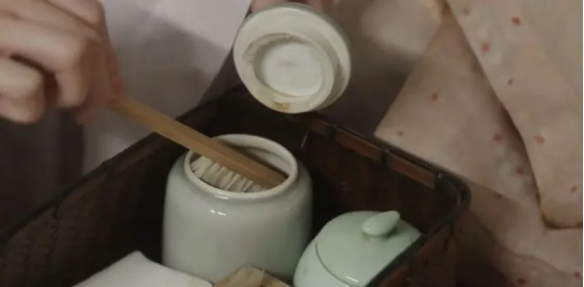
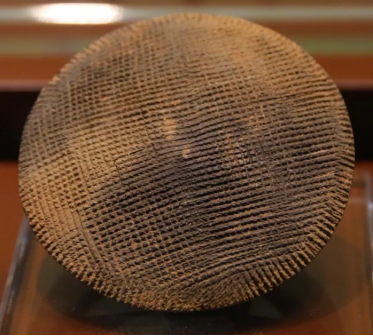
Ⅱ. Cleaning Supplies
There were also a wide variety of bathing and cleaning supplies. For example, in ancient times, there were plant ash. People used to wash directly with clean water. Later, they discovered that alkaline soil had certain cleaning effects. And then they found that plant ash contained potassium carbonate, which had strong dirt – removing capabilities, so they used plant ash for cleaning.

During the Wei and Jin dynasties, there were zào jiá (皂夹). They were natural plant – based bath liquids. They were the fruits of the Chinese honey locust tree, a leguminous plant. When the soapberries were mashed, their aqueous solution could produce foam, which was used for washing the face and body to achieve a refreshing effect and get rid of odors.
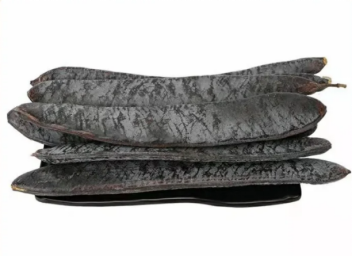
In the Tang Dynasty, there were herbal bean powders (藻豆). For those with higher requirements, fragrance could be added, which was equivalent to scented bath bombs. First, wash the dirty blood from a pig’s pancreas, remove the fat, and grind it into a paste. Then add bean powder, fragrance, and other ingredients, mix them evenly, and after natural drying and thickening, the herbal bean powder for bathing is made.
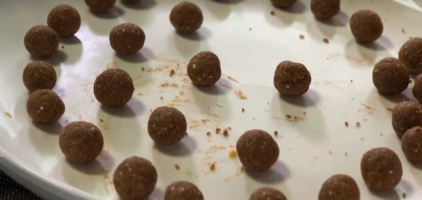

In the Southern Song Dynasty, there were “soap”. It combined the raw materials of herbal bean powder and soapberries and added medicinal herbs for conditioning, which was quite healthy.

During the Ming Dynasty and later, there were “pancreatic soap”. The material formulas were also quite unexpected… As time went on, new invention combinations emerged in an endless stream. Nobles used new technologies, while ordinary people used older technologies with relatively lower costs.

Ⅲ. Bathhouses
However, it was not until the rise of public bathhouses in the Song Dynasty, known as “perfumed bathhouses”, that bathing became accessible to ordinary people. They were similar to modern bathhouses, equipped with services such as body scrubbing and foot – pedicuring.
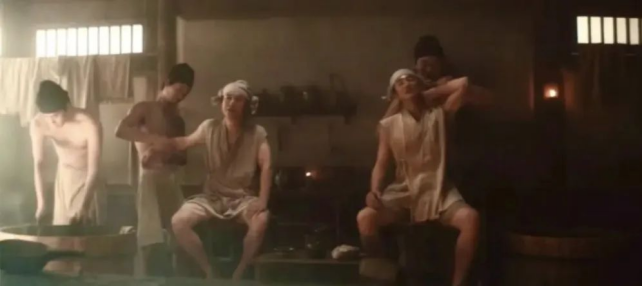
In the costume drama Riverside Code at Qingming Festival (《清明上河图密码》), a “bathhouse” appears. Since the Song Dynasty and later, for a few “bath coins”, one could take a hot bath and enjoy various services: back – scrubbing, hair – cutting, foot – pedicuring, and even a full – body spa. Pugtongshi Yejie (《朴通事谚解》) records the price list of a public bathhouse in Dadu (today’s Beijing) during the Yuan Dynasty: 5 coins for a bath, 2 coins for back – scratching, 5 coins for hair – combing, 2 coins for hair – cutting, 5 coins for foot – pedicuring, and a total of 19 coins for the whole set – they really didn’t know how to do business as there was no discount for the package.
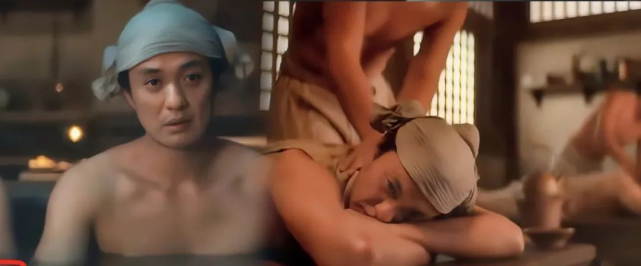
If a TV drama or movie wants to include a bathing scene that meets review standards, generally, it will raise the difficulty of filming and scene – setting. In costume dramas like The Double (《墨雨云间》), characters usually appear in elaborate Hanfu in daily life. When it comes to the bathing scenes in this drama, flowers and settings are used to create the atmosphere. The characters’ Hanfu, placed neatly aside, adds to the overall aesthetic. With fewer sensitive shots, the overall visual sense becomes more harmonious. Although cloth is also used for covering, the relative exposure undoubtedly heightens the requirements and workload for the actors and filming crew.
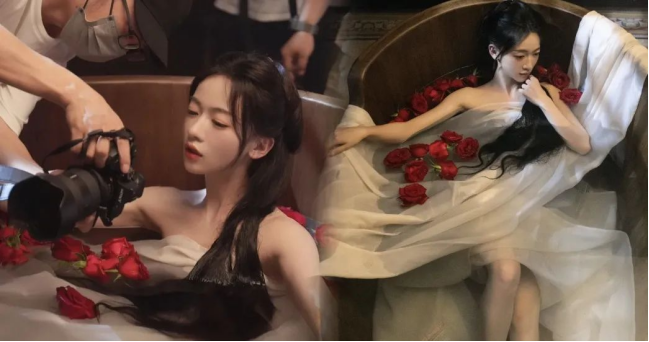
In modern dramas, there are also cases where only the head and shoulders are shown to imply the bathing scene. Now, no one knows who came up with the idea of having characters in costume dramas take a bath fully clothed. And basically, most subsequent costume dramas follow this pattern. No wonder netizens say that sometimes when watching costume dramas, they unconsciously start to question their understanding of common sense.
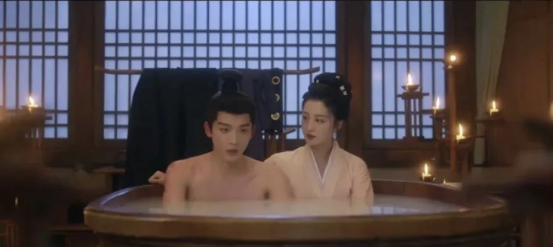
Summary
Everyone has different perspectives on the concept of bathing. In historical periods, when people donned elegant Hanfu as part of their daily lives, bathing held significance too. However, if we lose the basic common – sense logic just because we are worried about certain hidden meanings in modern depictions of bathing scenes, it can only be said that the visual relationships in the scenes have not been properly handled. Is it because they don’t dare to film it properly or they just don’t know how? Many costume dramas attempt to show characters in Hanfu during various activities including bathing. Nowadays, the promotion of TV dramas and movies is also trying to exchange and learn from foreign media. If we really make foreigners think that China’s bathing culture is so “strange” and “simple – minded” through these depictions—especially when involving Hanfu – wearing characters, it would be counterproductive. In that case, it might be better not to film such scenes at all.
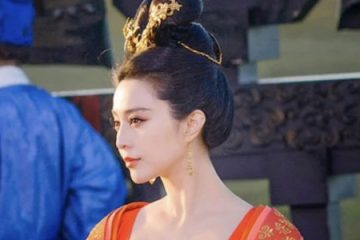
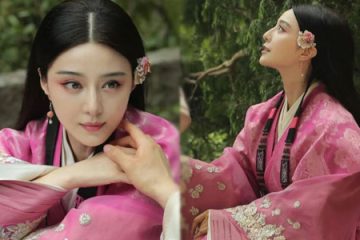
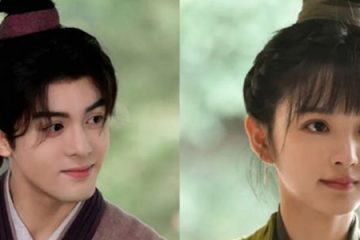
0 Comments